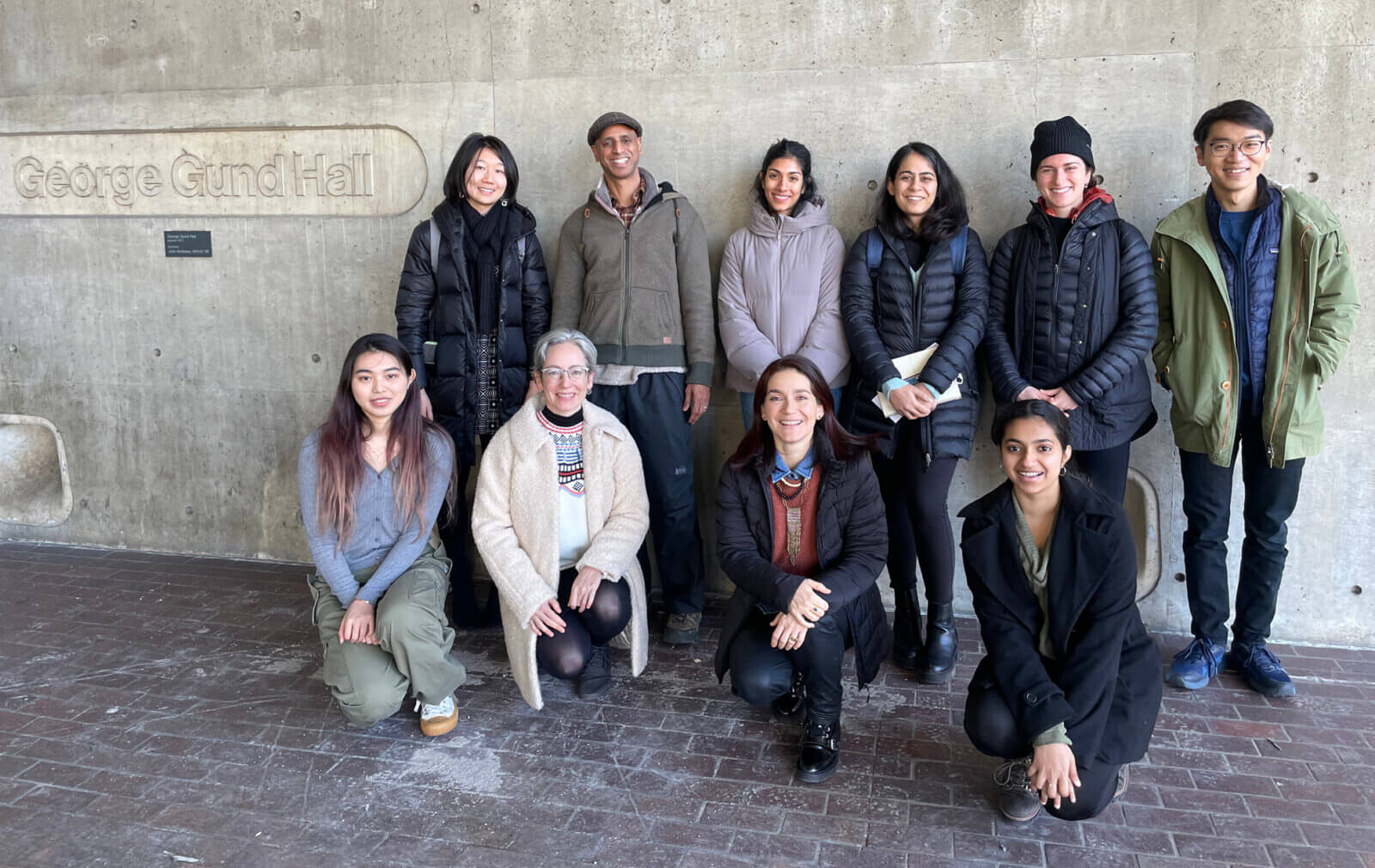When we were reviewers for student projects during the fall semester, students who knew they would be interacting with communities in the spring expressed interest in coaching sessions on community engagement.
That got us thinking about how we, as practitioners, could support them, and the J-term opportunity seemed ideal. Thus the course was born: Enabling Community Leadership in Urban Planning.
We are both strong believers in participatory planning, and we bring two distinct perspectives: that of the community seeking to be heard and taken into account in decision making—that’s Kannan—and the government’s perspective seeking public good and building community trust—Maria. We had students from various disciplines and schools: architecture, public health, urban design, urban planning, and design engineering.
 Our presentations were based on our own experience and on concrete scenarios that illustrated the most salient lessons. Carina Arvizu Machado, a SPURS-MIT Fellow, joined us to share her experience in Mexico, and the discussion with the students was dynamic.
Our presentations were based on our own experience and on concrete scenarios that illustrated the most salient lessons. Carina Arvizu Machado, a SPURS-MIT Fellow, joined us to share her experience in Mexico, and the discussion with the students was dynamic.
After we laid out the framework, we divided the students into two groups. Each group did a mock community presentation, to which we introduced conflicts, unexpected responses, and other events that could unfold during community engagement. We then could critique the groups’ handling of such scenarios.
